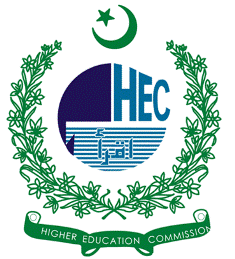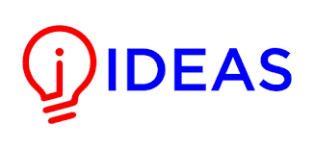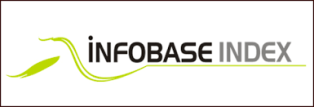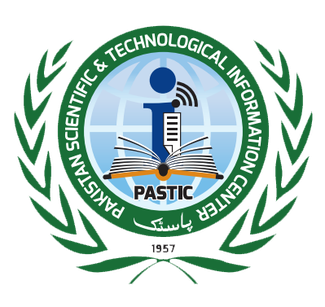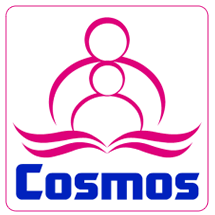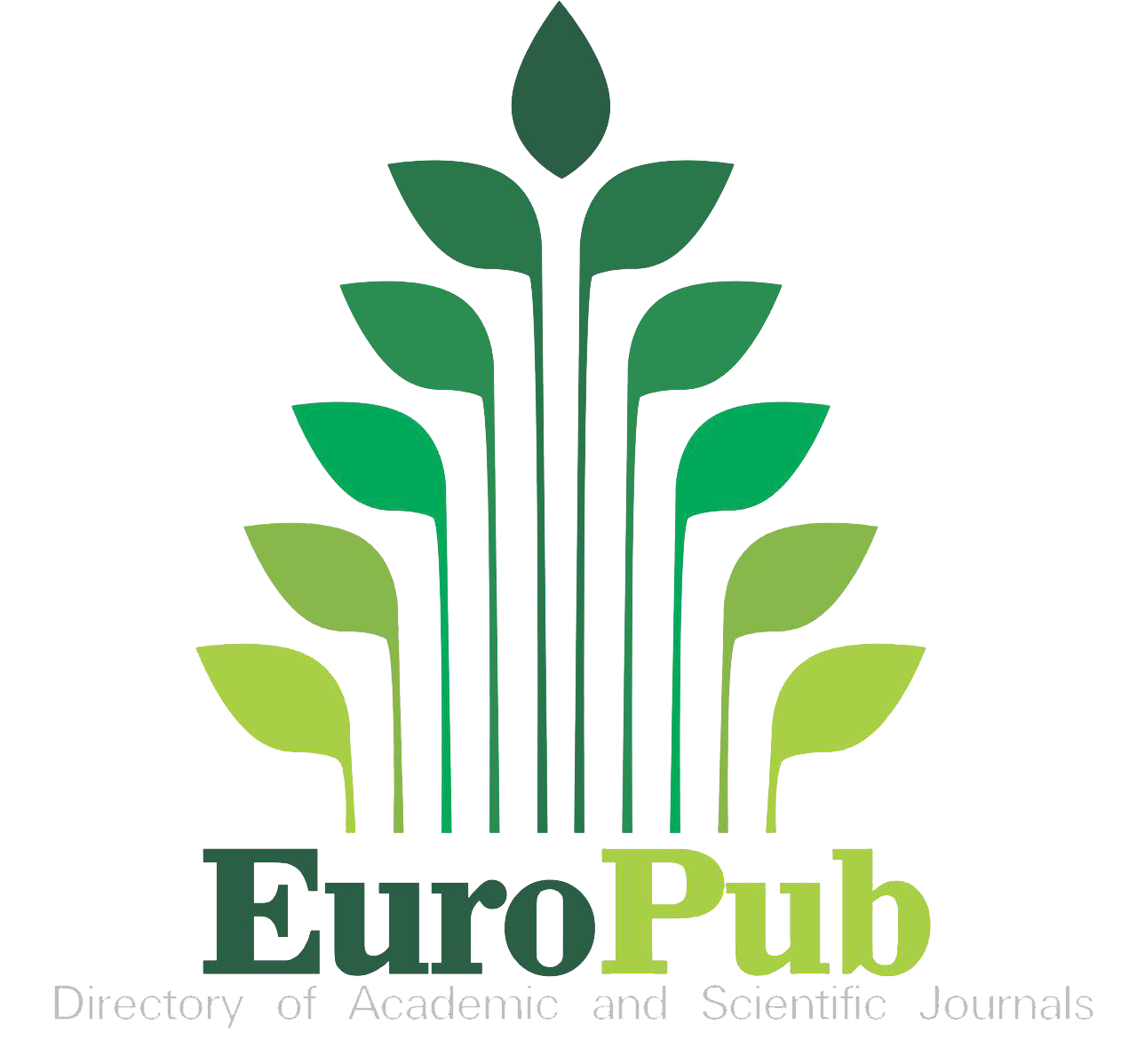CHEESE Net: A Feature-Optimized Hybrid Learning Model
Keywords:
Cheese Recommendation System, Random Forest Regression, Principal Component Analysis (PCA), Nutritional Attribute Prediction, Hybrid Learning ModelsAbstract
Intelligent cheese selection is critical in the dairy industry to address rising consumer demand for personalized nutrition and health-conscious choices. This study introduces the novel integration of supervised learning, unsupervised clustering, and deep learning autoencoders to dynamically optimize feature representation and recommendation quality, a previously unaddressed approach in dairy informatics. The system employs Random Forest Regression for caloric prediction, PCA for dimensionality reduction, and deep autoencoders to capture non-linear nutrition relationships. Recommendations are generated via cosine similarity and Euclidean distance, supported by clustering techniques to refine cheese categories. Cheese net achieved exceptional predictive accuracy with a Mean Absolute Error (MAE) of 14.46 and an R² Score of 0.98, outperforming traditional models. Advanced visualizations (heatmaps, t-SNE, PCA plots) uncovered latent nutritional patterns while clustering enhanced recommendation precision by aligning suggestions with user-specific dietary profiles. The hybrid model’s interpretability enables stakeholders to decode correlations between fat, protein, carbohydrates, and moisture content, facilitating data-driven decisions for producers and consumers. By unifying machine learning with explainable AI, Cheese Net reduces MAE by 31% compared to standalone regression models. This framework pioneers a scalable, data-driven solution for personalized cheese selection, bridging nutritional science and consumer needs in the digital dairy era.
References
S. Brahimi, “AI-powered dining: text information extraction and machine learning for personalized menu recommendations and food allergy management,” Int. J. Inf. Technol., pp. 1–9, Aug. 2024, doi: 10.1007/S41870-024-02154-9/METRICS.
R. I. M. Almoselhy and A. Usmani, “AI in Food Science: Exploring Core Elements, Challenges, and Future Directions,” Dec. 2024, doi: 10.2139/SSRN.5053638.
L. F. M. Mota et al., “Real-time milk analysis integrated with stacking ensemble learning as a tool for the daily prediction of cheese-making traits in Holstein cattle,” J. Dairy Sci., vol. 105, no. 5, pp. 4237–4255, May 2022, doi: 10.3168/JDS.2021-21426.
A. Jhamb, “Optimization of Supply Chain Workflow in Food Industry,” Sep. 2021.
A. Perniciano, L. Zedda, C. Di Ruberto, B. Pes, and A. Loddo, “CRDet: An Artificial Intelligence-Based Framework for Automated Cheese Ripeness Assessment from Digital Images,” IEEE/CAA J. Autom. Sin., 2025, doi: 10.1109/JAS.2024.125061.
A. Loddo, C. Di Ruberto, G. Armano, and A. Manconi, “Automatic Monitoring Cheese Ripeness Using Computer Vision and Artificial Intelligence,” IEEE Access, vol. 10, pp. 122612–122626, 2022, doi: 10.1109/ACCESS.2022.3223710.
Z. Jia et al., “Enhancing pathogen identification in cheese with high background microflora using an artificial neural network-enabled paper chromogenic array sensor approach,” Sensors Actuators B Chem., vol. 410, p. 135675, Jul. 2024, doi: 10.1016/J.SNB.2024.135675.
M. Khan, “A Topic Modelling Based Approach Towards Personalized and Health-Aware Food Recommendation.” 2022. Accessed: Apr. 26, 2025. [Online]. Available: http://hdl.handle.net/10197/12884
A. Loddo, C. Di Ruberto, G. Armano, and A. Manconi, “Detecting coagulation time in cheese making by means of computer vision and machine learning techniques,” Comput. Ind., vol. 164, p. 104173, Jan. 2025, doi: 10.1016/J.COMPIND.2024.104173.
Z. Villaquiran, A. Zamora, O. Arango, and M. Castillo, “Inline Determination of the Gel Elastic Modulus During Milk Coagulation Using a Multifiber Optical Probe,” Food Bioprocess Technol., vol. 17, no. 10, pp. 3149–3161, Oct. 2024, doi: 10.1007/S11947-023-03294-9/FIGURES/7.
M. Perrignon, M. Emily, M. Munch, R. Jeantet, and T. Croguennec, “Machine learning for predicting industrial performance: Example of the dry matter content of emmental-type cheese,” Int. Dairy J., vol. 162, p. 106143, Mar. 2025, doi: 10.1016/J.IDAIRYJ.2024.106143.
M. Uthayaseelan, “Data-driven optimization of an industrial cheese production process,” 2024, Accessed: Apr. 26, 2025. [Online]. Available: https://nmbu.brage.unit.no/nmbu-xmlui/handle/11250/3148064
M. Tugume, M. G. Ibrahim, and M. Nasr, “Valorization of cheese whey wastewater to achieve sustainable development goals,” Renew. Sustain. Energy Rev., vol. 211, p. 115273, Apr. 2025, doi: 10.1016/J.RSER.2024.115273.
Digvijay, A. L. Kelly, and P. Lamichhane, “Ice crystallization and structural changes in cheese during freezing and frozen storage: implications for functional properties,” Crit. Rev. Food Sci. Nutr., vol. 65, no. 3, 2023, doi: 10.1080/10408398.2023.2277357,.
S. Tripathi and S. Mishra, “Antioxidant, Antibacterial Analysis of Pectin Isolated from Banana Peel and its Application in Edible Coating of Freshly Made Mozzarella Cheese,” Asian Food Sci. J., pp. 82–92, Jun. 2021, doi: 10.9734/AFSJ/2021/V20I730324.
L. I. El-Nawasany et al., “Ameliorating characteristics of magnetically sensitive TPU nanofibers-based food packaging film for long-life cheese preservation,” Food Biosci., vol. 53, p. 102633, Jun. 2023, doi: 10.1016/J.FBIO.2023.102633.
K. S. Kyaw, S. C. Adegoke, C. K. Ajani, O. F. Nwabor, and H. Onyeaka, “Toward in-process technology-aided automation for enhanced microbial food safety and quality assurance in milk and beverages processing,” Crit. Rev. Food Sci. Nutr., vol. 64, no. 6, pp. 1715–1735, 2024, doi: 10.1080/10408398.2022.2118660,.
D. Chinese, P. F. Orrù, A. Meneghetti, G. Cortella, L. Giordano, and M. Benedetti, “Symbiotic and optimized energy supply for decarbonizing cheese production: An Italian case study,” Energy, vol. 257, p. 124785, Oct. 2022, doi: 10.1016/J.ENERGY.2022.124785.
D. Egas, S. Ponsá, L. Llenas, and J. Colón, “Towards energy-efficient small dairy production systems: An environmental and economic assessment,” Sustain. Prod. Consum., vol. 28, pp. 39–51, Oct. 2021, doi: 10.1016/J.SPC.2021.03.021.
A. Fabiszewska et al., “Plant-Based Alternatives to Mold-Ripened Cheeses as an Innovation among Dairy Analogues,” Foods 2024, Vol. 13, Page 2305, vol. 13, no. 14, p. 2305, Jul. 2024, doi: 10.3390/FOODS13142305.
P. C. Nath et al., “Recent advances in artificial intelligence towards the sustainable future of agri-food industry,” Food Chem., vol. 447, p. 138945, Jul. 2024, doi: 10.1016/J.FOODCHEM.2024.138945.
M. Addanki, P. Patra, and P. Kandra, “Recent advances and applications of artificial intelligence and related technologies in the food industry,” Appl. Food Res., vol. 2, no. 2, p. 100126, Dec. 2022, doi: 10.1016/J.AFRES.2022.100126.
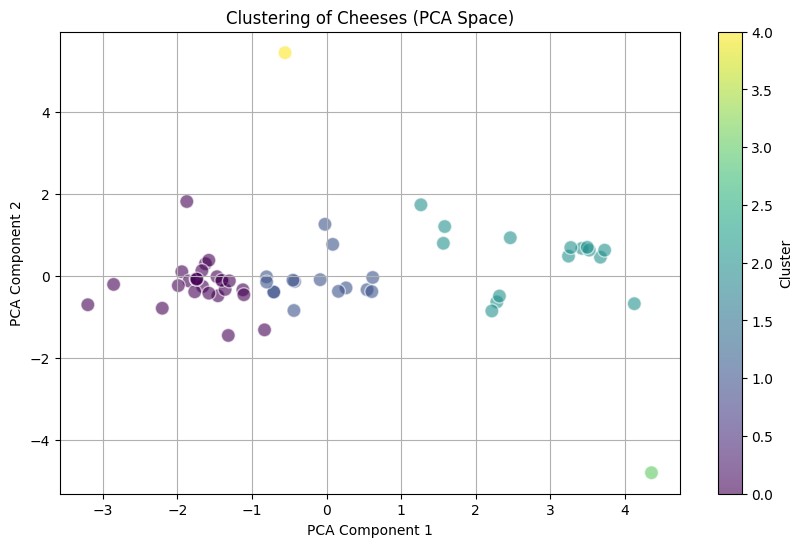
Downloads
Published
How to Cite
Issue
Section
License
Copyright (c) 2025 50sea

This work is licensed under a Creative Commons Attribution 4.0 International License.

